
Star History Monthly July 2024 | Fun AI Generators
AI generators emerge in delicate divisions of our lives, some of which entertain us, some bring convenience. For this edition, we present some fun ideas of AI generators that have done well in broadening the boundaries of AI's application.
Flux
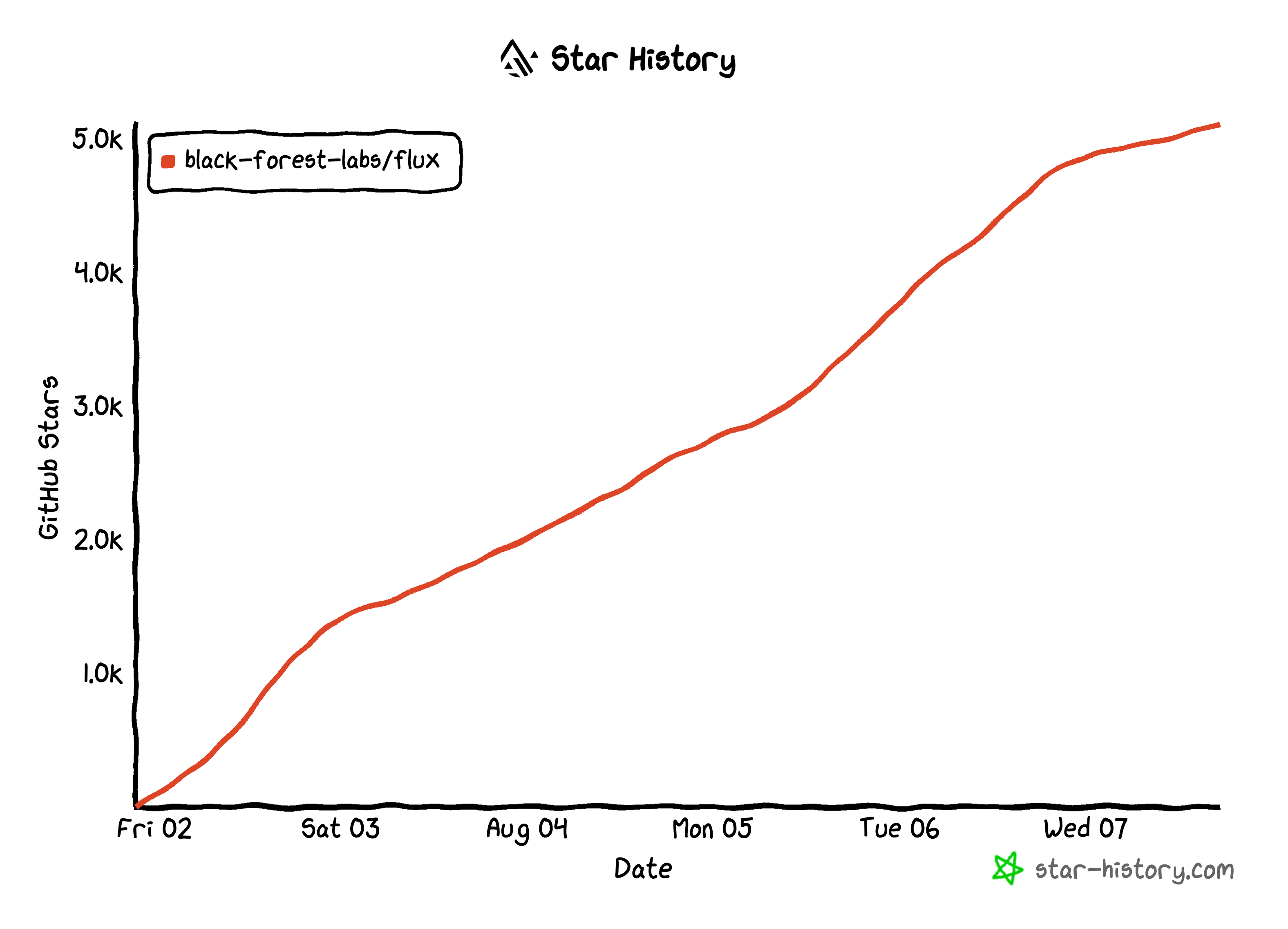
Flux is a text-to-image model to date, featuring 12 billion parameters for enhanced creativity and performance. Integrated with fal's inference engine, Flux models run twice as fast as previous methods, facilitating quicker image generation without sacrificing detail or quality, and includes features like advanced human anatomy rendering and exceptional speed.

Flux offers three versions: FLUX.1 [dev] with a non-commercial license for community development, FLUX.1 [schnell] for faster processing with an Apache 2 License, and FLUX.1 [pro] for professional use via API, all aimed at producing high-quality, photorealistic images with improved prompt adherence.
Faceswap
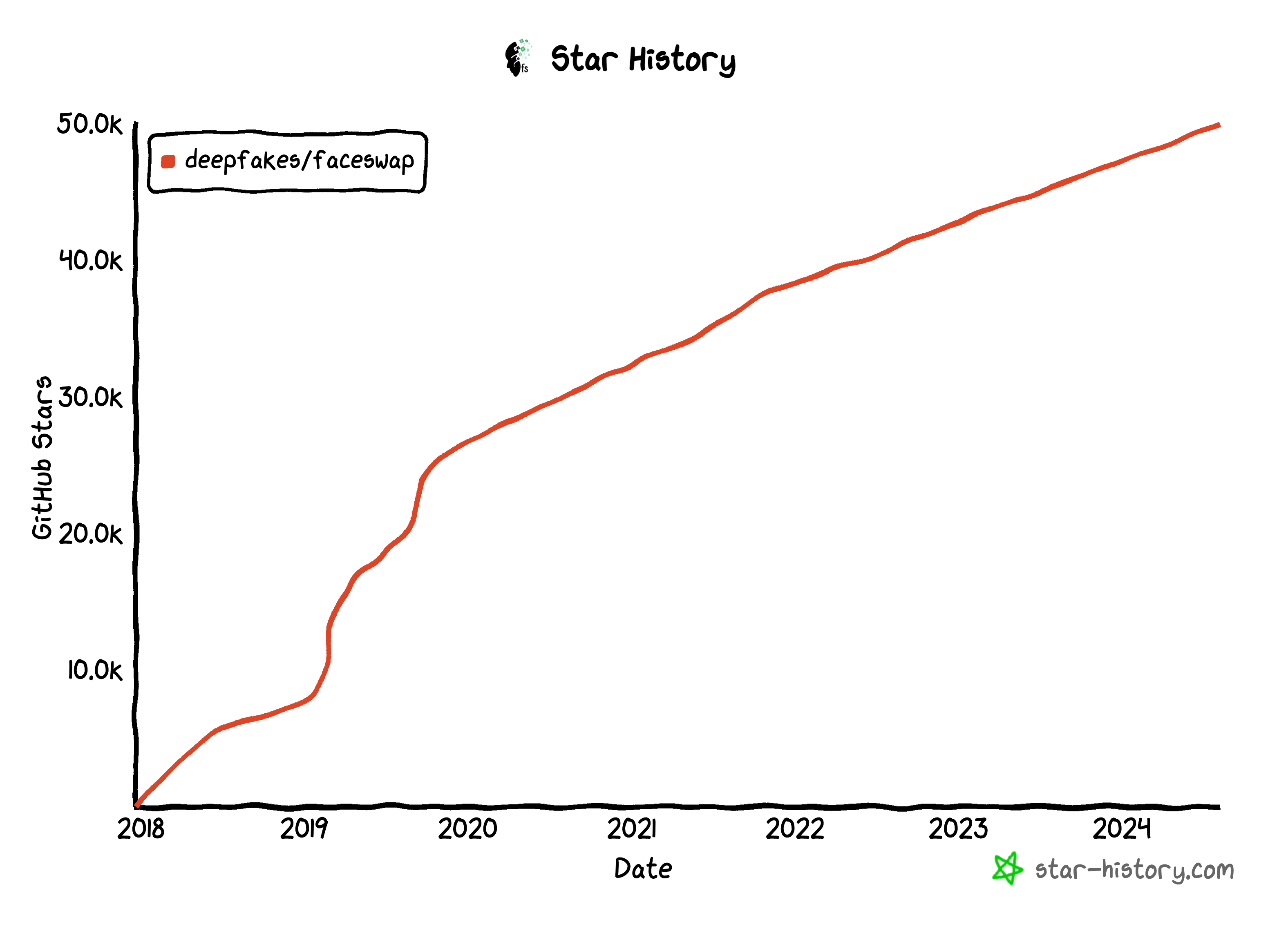
Faceswap is a tool that utilizes deep learning to recognize and swap faces in pictures and videos. The machine learning model primarily processes faces, and other objects might not work.

Powered by Tensorflow, Keras and Python; Faceswap will run on Windows, macOS and Linux. It insists on ethical and legal uses.
Phaser
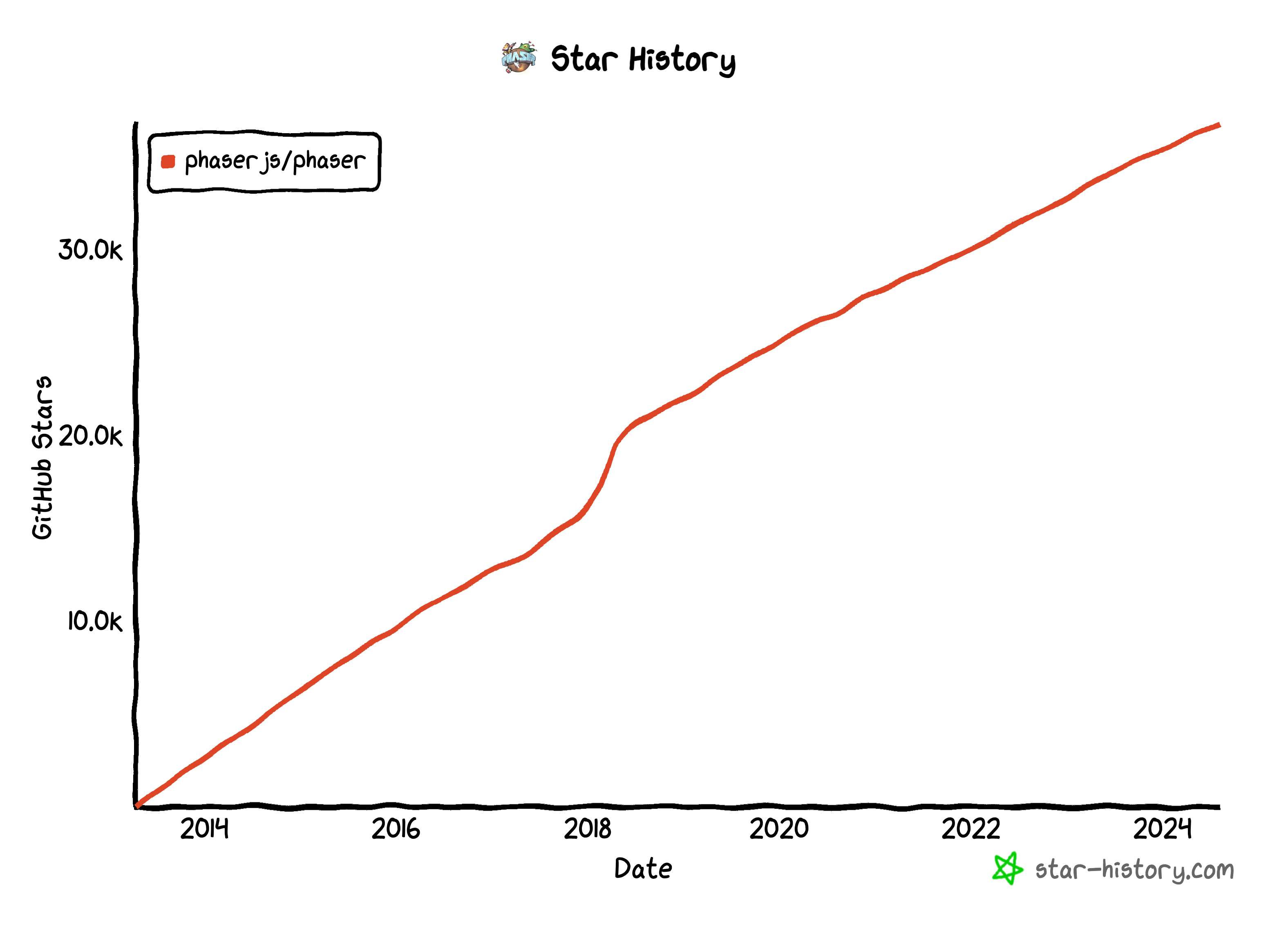
Phaser is a game framework based on HTML5, easy to integrate with modern web technologies, suitable for rapid iteration and deployment of web platforms as well. It is relatively lightweight and focuses more on browser-side game development.
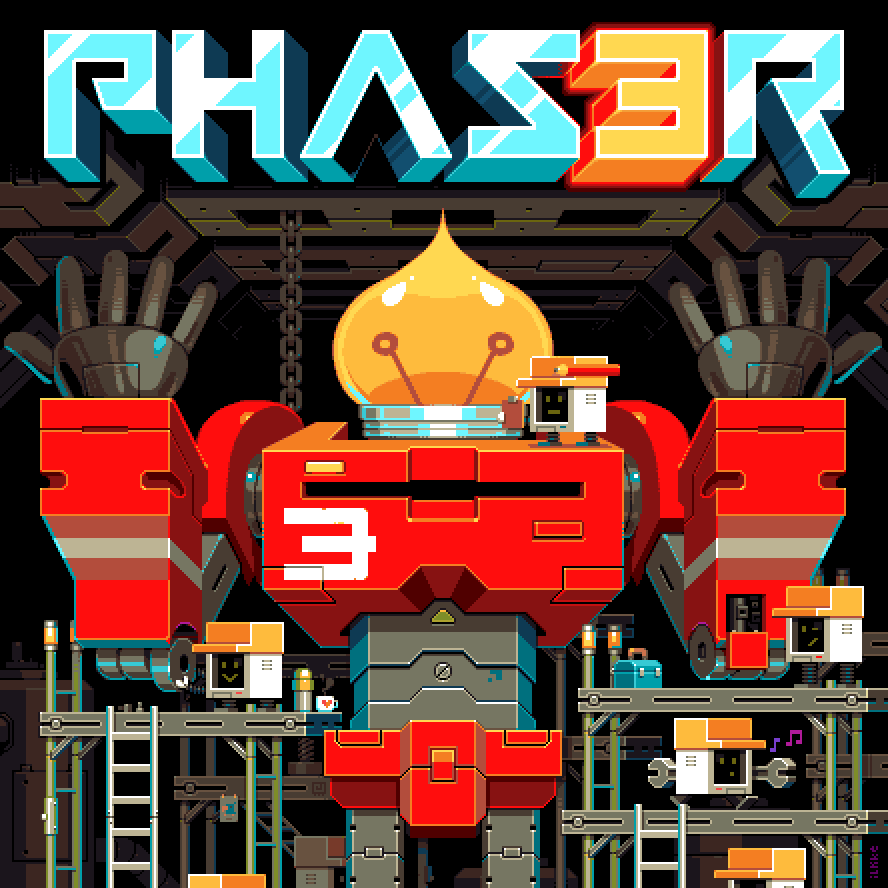
Phaser offers WebGL and Canvas rendering across desktop and mobile web browsers. It is available via GitHub, npm and CDNs. Games can be compiled to iOS, Android and native apps by using 3rd party tools. You can use JavaScript or TypeScript for development.
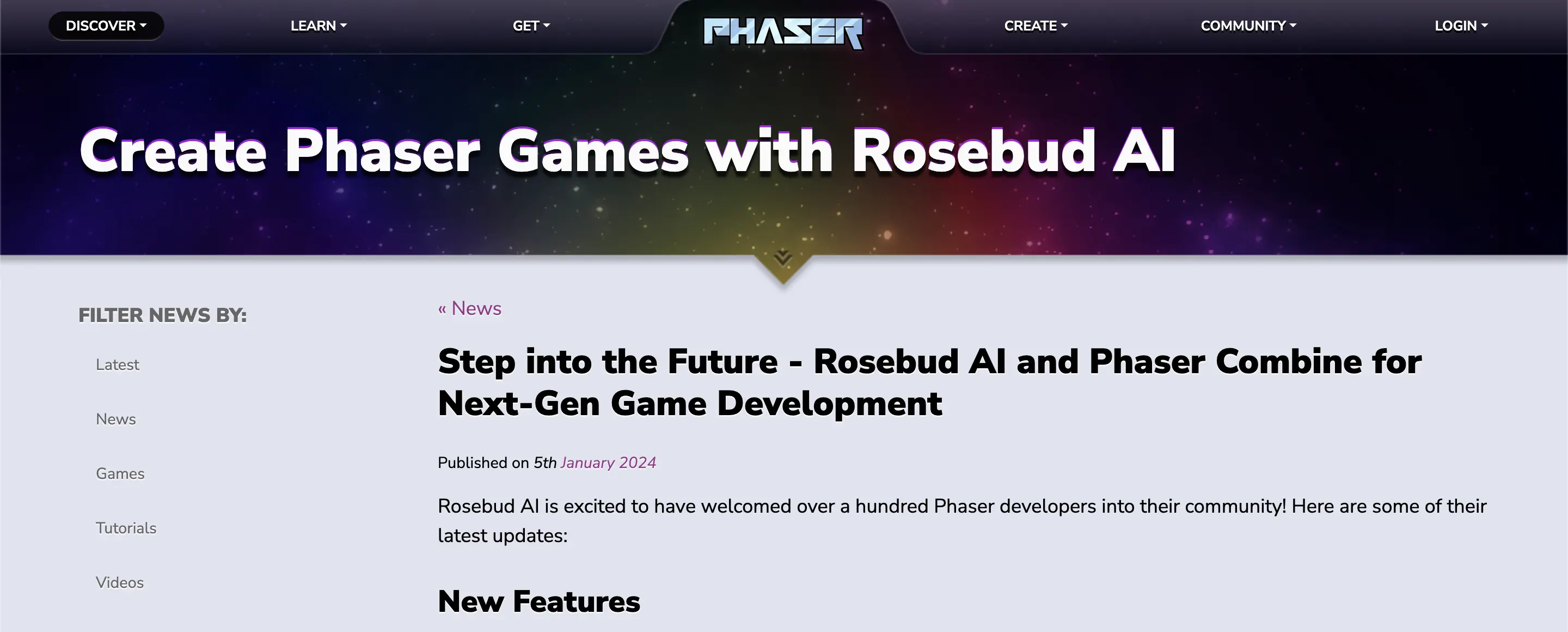
Cooperating with Rosebud AI since 5th January 2024, Phaser's latest game templates revolve around AI Characters & NPCs. These templates allow game devs to create dynamic, interactive characters and integrate them into their games to reach a new level of depth and engagement. You can check out more trending projects on play.rosebud.ai where all 2D games are run on Phaser, and clone any of them.
Bark
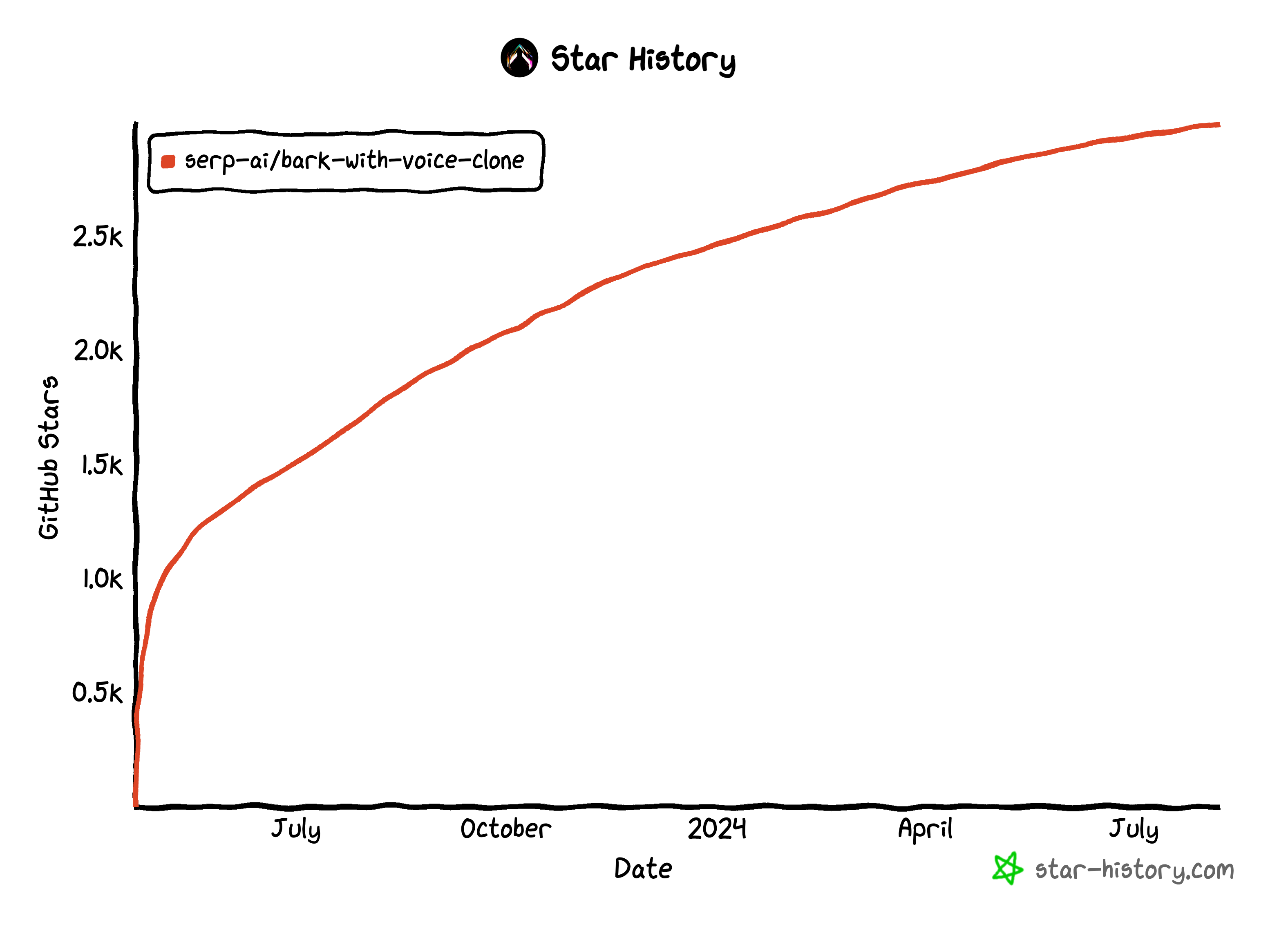
Bark supports various languages out-of-the-box and automatically determines language from input text. It can generate all types of audio and doesn't see a difference between speech and music. Bark has the capability to fully clone voices. You can provide certain speaker prompts such as NARRATOR, MAN, WOMAN, etc.
Bark has been tested and works on both CPU and GPU (pytorch 2.0+, CUDA 11.7 and 12.0). Running Bark requires running >100M parameter transformer models. On modern GPUs and PyTorch nightly, Bark can generate audio in roughly realtime. On older GPUs, default colab, or CPU, inference time might be 10-100x slower.
Lastly
AI nowadays is applied in more and more aspects of our everyday life. Maybe these ideas will inspire you towards greater creativity.
📧 Subscribe to our weekly newsletter here.


